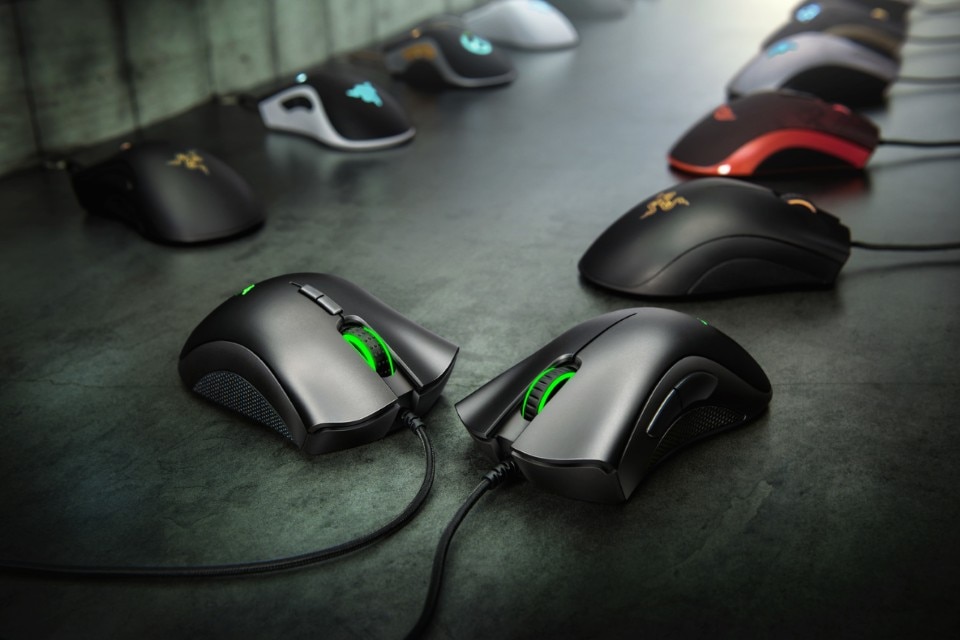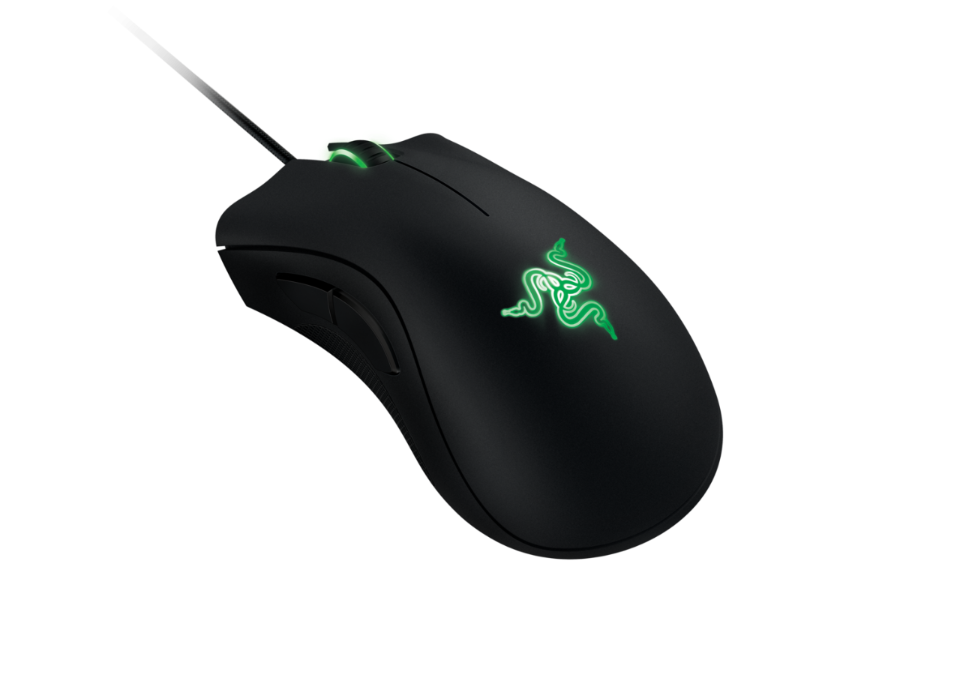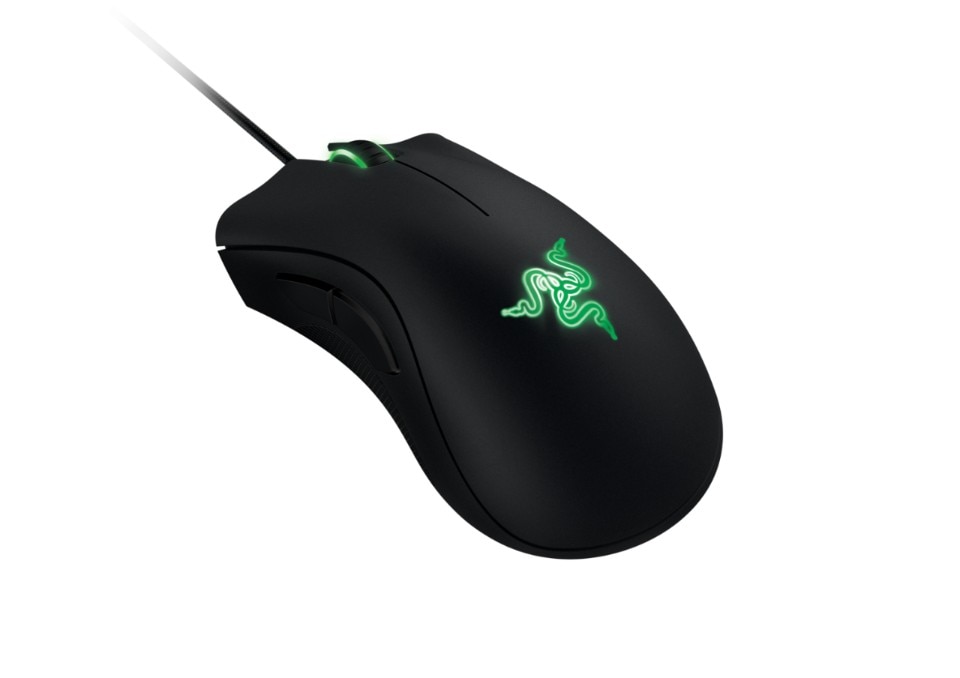“If you're a gamer, your mouse is your greatest tool. It's the sword and shield in medieval RPGs, your SMG in first-person shooters and an extension of your brain in real-time strategy games”, says Stephane Blanchard, Director of Design for Razer, one of the most famous companies specialized in hardware for gamers. In this case, he is not talking about a generic mouse, but he's referring to the DeathAdder, which has sold more than 10 million units. “Making something so precise and responsive, while simultaneously staying comfortable and durable after years of use, can be a challenge, but it is our final purpose”. Blanchard joined the company in 2006. At the end of the year, the first Razer Deathadder 1800, was launched. “At Razer, we design products with durability and performance in mind”.
The first DeathAdder mouse has launched over 10 years ago. Which were its most disruptive features?
When we started this project, we wanted to create a highly responsive ergonomic gaming mouse to suit our gameplay needs. We started sculpting the shape over and over until we got satisfied with the ergonomics. We let our pro-gamers use the prototype, gather their feedback and made the final tweaking. This enormous volume of work culminated in the ergonomic shape of the Razer DeathAdder, which is suited for the two most popular gaming grip positions - claw and palm grip. It also boasted the world's first 3G infrared sensor, a ground-breaking technology for the time. The Razer DeathAdder also featured a sleek and smooth rubber coated matt black cover that stretched from tip to tail, giving it an elegant and seamless body, resistant during intensive gameplay.
How did you sell 10 million units of a single product? What's the secret?
A great product is the one that gamers want and need, not products that simply make a profit for the business. Gamers want a product that helps them play their game better, is durable, is customizable, and looks phenomenal. The best way we’ve found to deliver on everything is to work with professional gamers and listen to the community, and ultimately, to not release a product until it’s perfect.

Did the DeathAdder change a lot since its first version?
Since 2006, the DeathAdder has appeared in 25 variations, including game- and team-branded editions. It was also the first gaming mouse to be produced specifically in a left-handed version. The flagship model, the DeathAdder Elite, features the world’s most advanced optical sensor. It is in fact equipped with the new esports-grade 16,000 DPI optical sensor and true tracking at 450 (IPS), Engineered to redefine the standards of accuracy and speed, it crushes the competition with a resolution accuracy of 99.4%. In the case of the DeathAdder, beside the ergonomic form, we have updated everything. Internal components are all new and the exterior design have been updated to the latest material and finishes.
Are you happy with it?
We are very happy with the form of our mouse – aesthetics and design go together in a way that makes so true the sentence “if something works don’t change it”. The DeathAdder is the best example with a design look you can automatically recognize. What can be seen as a minimal design is, in fact, a choice to not over design our products, each design element must have a function.
At Razer, what's the design team's workflow?
We start by analyzing the problem and define our objectives; we brainstorm for ideas and sketch them into visual concepts. We develop the most promising concepts in the form of functioning prototypes, test them and repeat this until everything works perfectly. We only move to mass production when our products are 100% validated by all our teams.

And what are the key points in designing a gaming mouse?
We actually play the games for which our products are intended, and this allows us to exactly know what features should be implemented to maximize the performance of the device. Because of the heavy influence we place on R&D, we always work on new ideas and technologies – this, of course, is a general approach not only related to mice. When it comes to design a gaming mouse, besides the ergonomics - which is always one of the key factors - a lot depends on the type of game the mouse is designed for. Another common stage is definitely represented by the stress tests we perform once the product is almost completed. All the components, from the body to the switches and buttons of the device, need to be robust and solid, to support gamers even in the most frantic gaming sessions.
You talked about customization. Can you explain a bit more?
Personal customization is an important factor in our fan’s buying decision, which is why we offer a range of products, including the DeathAdder, that provide extreme customization even up to every single LED thanks to the Chroma infrastructure we have created.
In 2010 you released a version for the left-handed.
The Razer DeathAdder Left Hand Edition was the very first gaming mouse designed with the professional left-handed gamer in mind. It was created to meet community demands for a mouse that was purposefully engineered to give lefties the competitive edge because there is really no substitute for gaming with your naturally dominant hand. Razer always values the feedback from the fans, and this device is a clear example of this.
But there's a wire! Why?
Esports athletes play with a wire most of the time, for better response time in official competitions and tournaments.

What are Deathadder's best achievements in the gaming arena?
As a favourite among tournament champions, the DeathAdder has sported the colours of esports giants such as Team Liquid and SKT-1. League of Legends superstar, Faker, was using the Razer DeathAdder even before he turned pro. He then went on to win the 2013, 2015, and 2016 World Championships with the DeathAdder.
How do you integrate the athletes' feedback in your design process?
We always consider feedback from the fans and community. Further our sponsored Esports athletes test intensively what we develop to make sure everything works flawlessly in real-use scenarios. The best professional players give invaluable feedback from the time we start a design on the drawing table, and during all stages of first product test versions, especially in usability, grip and weight.
- Company:
- Razer
- Device:
- DeathAdder
- Tipology:
- Gaming Mouse


.jpg.foto.rmedium.jpg)